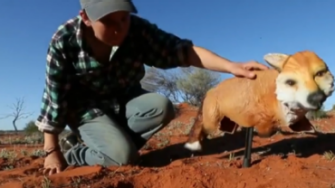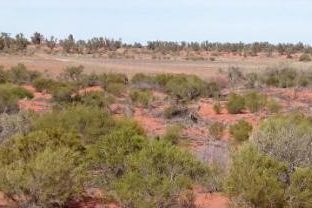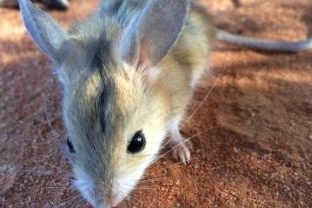
Predation from introduced cats and foxes is the major factor responsible for the extinction of wild native mammal populations and the failure of reintroductions of endangered mammals in Australia.
Animals isolated from predators either evolutionarily or throughout their lifetime may not possess appropriate anti-predator behaviour. Attempts to train naïve threatened species to avoid predators have focused on pre-release training of captive populations, but there is very little evidence to suggest this leads to improved reintroduction success in the wild. This project aims to improve the survival of extant and reintroduced threatened species populations by exploring prey naïveté to introduced predators and developing strategies for improving predator-avoidance behaviour.
This project is a partnership between UNSW, Arid Recovery and the University of California Los Angeles (UCLA).
Project contacts; Dr Katherine Moseby (k.moseby@unsw.edu.au) and Dr Mike Letnic (m.letnic@unsw.edu.au)



